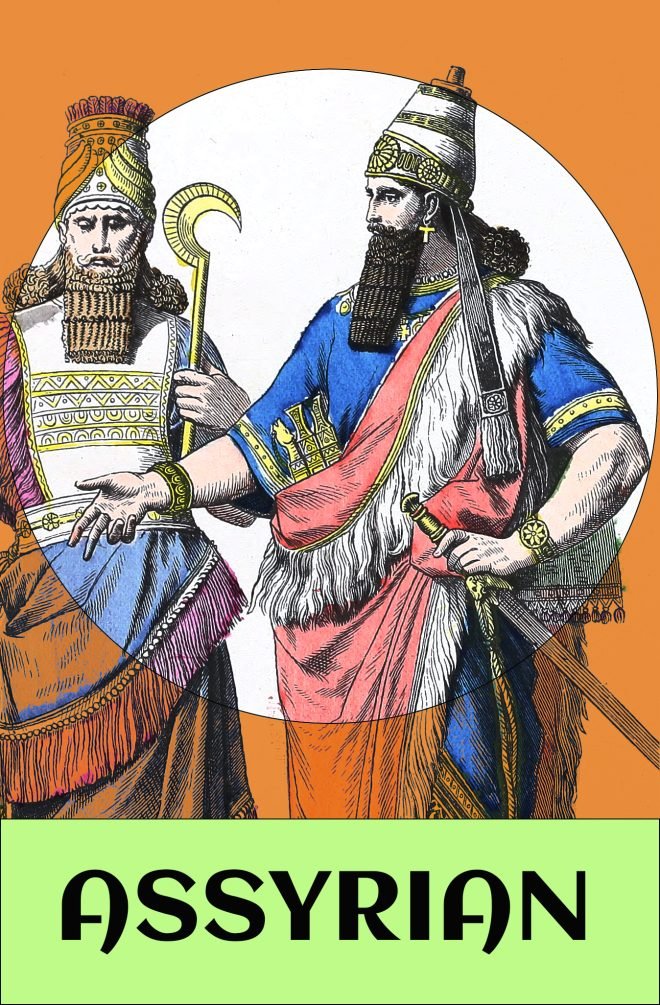Traditional Persian woman. 19th century. Femme Persane. Noble Persan.
Category: Persia
Iran. Persian costumes and clothing. Ancient to Middle ages until 19th century.
Persian priest or mullah in 1840
Persian priest or mullah in 1840.
A follower of Sufism. Sufi orders. Persian dervish in 1840.
Sufism is a collective term for movements in Islam that have ascetic tendencies and a spiritual orientation, often referred to by the word mysticism. A follower of Sufism is called a Sufist, a Sufi practitioner or dervish.
Mahommed Shah of Persia. The splendor of Oriental magnificence.
Mohammed Shah (1810-1848), also Mehmed Mirza Shah, descendant of the Kajar dynasty, conservative ruler of Persia since 1844.
Persian in traditional costume from the city Khoy.
Persian from the city Khoy, Iran West Azerbaijan Province. Gallery: “Sheets for costume design: historical and folk costumes. Published by Franz Lipperheide, 1876-1887.
Knitting woman from Isfahan, Iran 1850.
Isfahan was the capital of the Persian Empire under the Sefevid dynasty between the 16th and 18th centuries.
Persian silk velvet fabrics 16th century
Persian silk velvet fabrics 16th century.
Kurds and Persians in their 19th century environment
Kurds and Persians in their 19th century environment and costumes
Assyrian, Babylonian costume history. Mesopotamia.
Fashion history of the Assyrian Empire. Mesopotamia and Babylonian culture.
A Bombay (Mumbai) merchant. The Persians in India.
Many Persian families who have settled permanently in India and to some extent have adopted the dress of their new compatriots.










